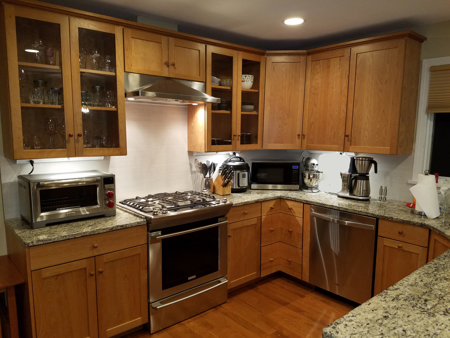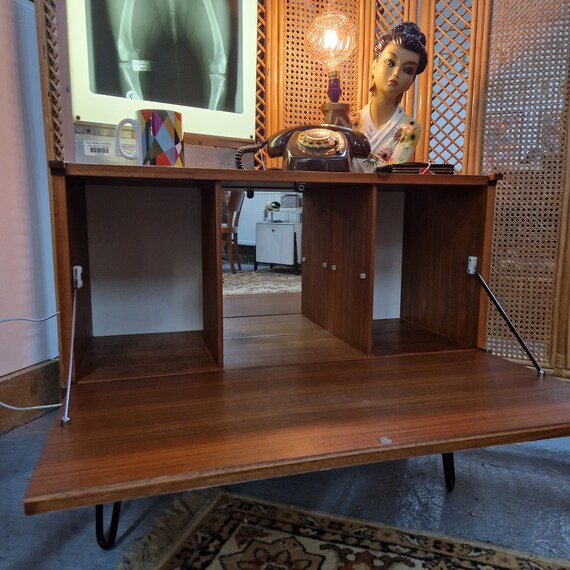All Categories
Featured
The access gateway to your property is greater than a safety and security attribute; it's a declaration of style and an essential element of your home's curb allure. Selecting the appropriate products for your customized entrance gate can make all the difference in attaining the best equilibrium in between performance, durability, and visual charm. Right here's a comprehensive guide to selecting materials that meet your demands and reflect your individual style.
Steel gateways are a popular selection for those seeking a solid, long-lasting option.
Pros:
Robustness: Offers superb resistance to impacts and harsh weather condition problems.
Modern Charm: Functions well with contemporary designs, featuring tidy lines and strong patterns.
Versatility: Can be crafted into detailed or minimal styles to match numerous styles.
Disadvantages:
Weight: Heavier than other products, which might call for robust support systems.
Maintenance: Needs regular painting or galvanization to stop corrosion.
Timber continues to be a classic choice for entrance gateways, using an ageless and inviting appearance.
Pros:
Aesthetic Adaptability: Enhances standard, rustic, and also modern designs.
Customizable: Conveniently formed, stained, or repainted to fit your vision.
Eco-Friendly: Can be sourced sustainably via recovered or FSC-certified wood.
Disadvantages:
![]()
Maintenance: Requirements regular treatment to secure versus dampness, insects, and UV rays.
Durability: May warp or decay with time if not correctly maintained.
For those who focus on simplicity of installation and corrosion resistance, aluminum is a standout choice.
Pros:
Lightweight: Easy to install and deal with, reducing strain on entrance systems.
Corrosion-Resistant: Executes well in coastal or damp atmospheres.
Reduced Maintenance: Does not need constant upkeep.
Disadvantages:
Toughness: Less sturdy than steel, making it improper for high-security applications.
Style Limitations: Not optimal for detailed patterns or durable structures.
Plastic entrances are a cost-efficient choice that's growing in popularity.
Pros:
Weather-Resistant: Unaffected by dampness, bugs, or rot.
![]()
Reduced Maintenance: Calls for just periodic cleaning to maintain its look.
Selection: Available in various colors and structures to simulate other materials.
Disadvantages:
Longevity: Much less durable than steel or hardwood.
Look: May do not have the premium appearance of timber or steel.
Composite materials blend timber fibers and plastic to create a highly long lasting and fashionable entrance alternative.
Pros:
Resilience: Resistant to rot, pests, and bending.
Visual Allure: Resembles the appearance of natural wood without the associated maintenance.
Eco-Friendly: Usually made from recycled products, attracting environmentally conscious house owners.
Disadvantages:
Cost: More pricey than typical timber or plastic.
Warmth Retention: May become hot to the touch in direct sunshine.
Glass gateways, commonly combined with steel structures, are excellent for modern-day homes seeking a sleek and open feel.
Pros:
Modern Look: Gives a premium, contemporary aesthetic.
Openness: Maintains visibility while specifying home borders.
Customization: Choices include frosted, tinted, or etched designs.
Disadvantages:
Delicacy: Calls for toughened up glass for safety, which can be expensive.
Upkeep: Prone to spots and needs regular cleaning.
Variables to Think About
When choosing materials for your personalized access gateway, keep these factors to consider in mind:
Climate: Select materials that endure your neighborhood climate condition. As an example, metal may corrosion in humid environments, while wood may not prosper in areas with hefty rainfall.
Function: Establish whether your key goal is security, personal privacy, or aesthetics. Some materials are much better matched to specific requirements.
Spending Plan: Element in both the first expense and long-lasting upkeep costs.
Design Compatibility: Make sure the product lines up with your home's building style and landscaping.
Conclusion
Picking the ideal material for your personalized entry gate is an essential step in developing an entrance that's both visually appealing and practical. Whether you're drawn to the all-natural style of wood, the contemporary toughness of steel, or the low-maintenance functionality of vinyl, there's a material to match every preference and need. By stabilizing your concerns and considering your atmosphere, you can design a gate that improves your property and stands the test of time.
- Steel: The Ultimate in Stamina and Resilience
Steel gateways are a popular selection for those seeking a solid, long-lasting option.
Pros:
Robustness: Offers superb resistance to impacts and harsh weather condition problems.
Modern Charm: Functions well with contemporary designs, featuring tidy lines and strong patterns.
Versatility: Can be crafted into detailed or minimal styles to match numerous styles.
Disadvantages:
Weight: Heavier than other products, which might call for robust support systems.
Maintenance: Needs regular painting or galvanization to stop corrosion.
- Timber: Natural Charm and Heat
Timber continues to be a classic choice for entrance gateways, using an ageless and inviting appearance.
Pros:
Aesthetic Adaptability: Enhances standard, rustic, and also modern designs.
Customizable: Conveniently formed, stained, or repainted to fit your vision.
Eco-Friendly: Can be sourced sustainably via recovered or FSC-certified wood.
Disadvantages:

Maintenance: Requirements regular treatment to secure versus dampness, insects, and UV rays.
Durability: May warp or decay with time if not correctly maintained.
- Aluminum: Lightweight and Resistant
For those who focus on simplicity of installation and corrosion resistance, aluminum is a standout choice.
Pros:
Lightweight: Easy to install and deal with, reducing strain on entrance systems.
Corrosion-Resistant: Executes well in coastal or damp atmospheres.
Reduced Maintenance: Does not need constant upkeep.
Disadvantages:
Toughness: Less sturdy than steel, making it improper for high-security applications.
Style Limitations: Not optimal for detailed patterns or durable structures.
- Plastic: Cost Effective and Low Upkeep
Plastic entrances are a cost-efficient choice that's growing in popularity.
Pros:
Weather-Resistant: Unaffected by dampness, bugs, or rot.

Reduced Maintenance: Calls for just periodic cleaning to maintain its look.
Selection: Available in various colors and structures to simulate other materials.
Disadvantages:
Longevity: Much less durable than steel or hardwood.
Look: May do not have the premium appearance of timber or steel.
- Composite Materials: Integrating the Best Functions
Composite materials blend timber fibers and plastic to create a highly long lasting and fashionable entrance alternative.
Pros:
Resilience: Resistant to rot, pests, and bending.
Visual Allure: Resembles the appearance of natural wood without the associated maintenance.
Eco-Friendly: Usually made from recycled products, attracting environmentally conscious house owners.
Disadvantages:
Cost: More pricey than typical timber or plastic.
Warmth Retention: May become hot to the touch in direct sunshine.
- Glass: Contemporary Beauty
Glass gateways, commonly combined with steel structures, are excellent for modern-day homes seeking a sleek and open feel.
Pros:
Modern Look: Gives a premium, contemporary aesthetic.
Openness: Maintains visibility while specifying home borders.
Customization: Choices include frosted, tinted, or etched designs.
Disadvantages:
Delicacy: Calls for toughened up glass for safety, which can be expensive.
Upkeep: Prone to spots and needs regular cleaning.
Variables to Think About
When choosing materials for your personalized access gateway, keep these factors to consider in mind:
Climate: Select materials that endure your neighborhood climate condition. As an example, metal may corrosion in humid environments, while wood may not prosper in areas with hefty rainfall.
Function: Establish whether your key goal is security, personal privacy, or aesthetics. Some materials are much better matched to specific requirements.
Spending Plan: Element in both the first expense and long-lasting upkeep costs.
Design Compatibility: Make sure the product lines up with your home's building style and landscaping.
Conclusion
Picking the ideal material for your personalized entry gate is an essential step in developing an entrance that's both visually appealing and practical. Whether you're drawn to the all-natural style of wood, the contemporary toughness of steel, or the low-maintenance functionality of vinyl, there's a material to match every preference and need. By stabilizing your concerns and considering your atmosphere, you can design a gate that improves your property and stands the test of time.
Latest Posts
Boost Any Type Of Space with Elegant, High-Quality Area Rugs
Published Apr 21, 25
1 min read
Call Montclare Auto Repair Right Away - Professional Service Awaits
Published Apr 21, 25
2 min read
Top-Quality Auto Care at Montclare Auto Repair - Book Your Service Today
Published Apr 21, 25
2 min read
More
Latest Posts
Boost Any Type Of Space with Elegant, High-Quality Area Rugs
Published Apr 21, 25
1 min read
Call Montclare Auto Repair Right Away - Professional Service Awaits
Published Apr 21, 25
2 min read
Top-Quality Auto Care at Montclare Auto Repair - Book Your Service Today
Published Apr 21, 25
2 min read